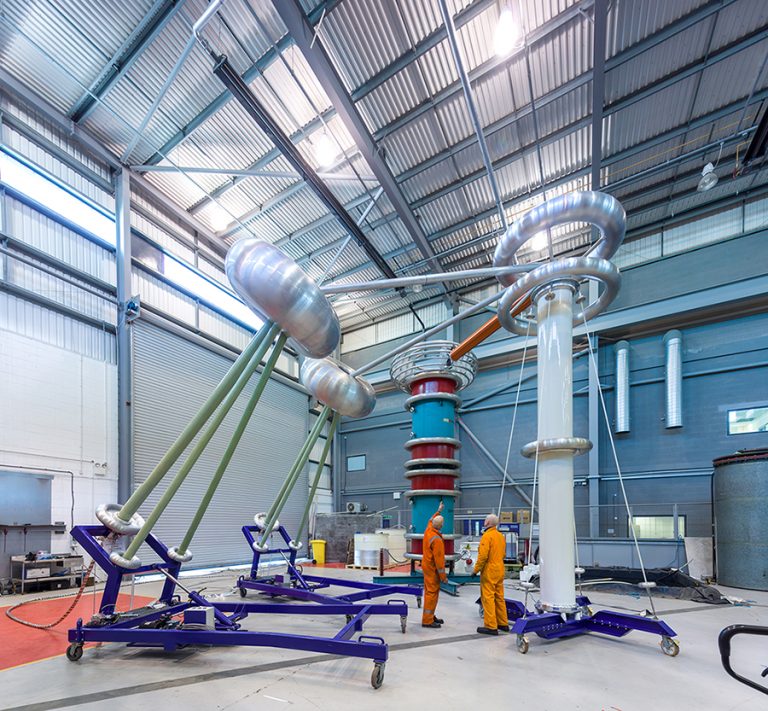Catapult research collaboration sparks offshore electrical infrastructure R&D
The Offshore Renewable Energy (ORE) Catapult has appointed two of the UK’s top universities, with strong track records in electrical engineering, to join its £3.1million research Hub.

The Universities of Strathclyde and Manchester will join the Catapult to form the Electrical Infrastructure Research Hub (EIRH). The Hub will accelerate research and development activities, tackling the challenge of making the UK’s electrical infrastructure systems future-proof to meet the needs of the growing offshore wind, wave and tidal industries.
With a five-year investment of around £700k from ORE Catapult, and £2.4m match funding from its university partners, the Hub will address a selection of key research topics and themes, including:
- component reliability and availability;
- system and sub-system optimisation;
- smart energy systems of the future (including energy storage solutions).
Over its five-year lifespan, the EIRH will be supported by at least 10 PhD students, three post-doctoral researchers and world-leading expertise from both the university partners and ORE Catapult’s electrical infrastructure research team. Both the universities and the Catapult have access to unique test and demonstration facilities that will enable novel methods and technologies to be accelerated along the technology readiness scale from concept to validation.
Professor Keith Bell and Professor Ian Cotton, from the Universities of Strathclyde and Manchester respectively, will act as Scientific Director(s) for the EIRH and work alongside the ORE Catapult’s Head of Strategic Research, Paul McKeever, to deliver a programme of research which is led by key and emerging industrial challenges.
The EIRH follows on from the development of the Catapult’s inaugural research collaboration with the University of Bristol, focussed on wind turbine blades (WBRH). In its first year of operation, the WBRH has secured two PhD students, an EngD and recruited both a full time Post-Doctoral Research Assistant (PDRA) and lecturer to expand the Hub’s wind turbine blades research portfolio.
Paul McKeever, ORE Catapult’s Head of Strategic Research, said: “The UK’s wind, wave and tidal industries are developing at pace and the offshore wind industry has announced its most ambitious plans to date that would see 30GW of installed capacity by 2030. One of the biggest challenges associated with these plans will be to address how we best convert, transmit and store energy from our offshore renewable assets in an effective and reliable manner.”
“Our academic collaboration with the Universities of Strathclyde and Manchester will enable us to pool existing academic and industry skills and resources to tackle this challenge, driving forward key research and helping to leverage the vital public and private finance that will underpin the activities.”
Keith Bell, Professor of Smart Grids at the University of Strathclyde, said: “The very particular and hostile environment offshore means that we can’t just assume that established technologies and network designs will suffice. There is a great need for innovation. I’m delighted that the Universities of Strathclyde and Manchester will have the opportunity to build on our established expertise and work with the Catapult and wider industry to come up with new solutions to problems.”
Prof Ian Cotton, Professor of High Voltage Technology at Manchester’s’ School of Electrical & Electronic Engineering, said: “The University of Manchester looks forward to working with the ORE Catapult and its partners to help improve the offshore renewable sector.
“As part of the relationship, the University will contribute its leading capabilities in high voltage engineering that have just seen the installation of new equipment worth £1.85m and a new laboratory being built as part of the Manchester Engineering Campus Development.”
